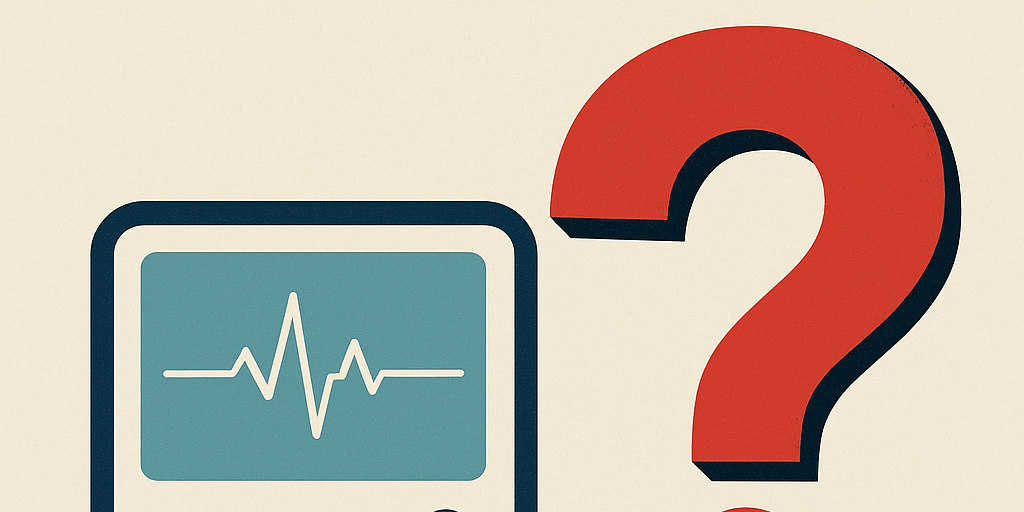In Medical Device R&D, we love progress that can be measured: lower error rates, tighter tolerances, faster iterations, smaller footprints. But the most transformative breakthroughs rarely start with a new technology. They start with a new question.
Over the past decade, our industry has poured billions into automation, AI-driven development, additive manufacturing, and digital twins. These tools are powerful—but they only accelerate the thinking we already have. To unlock the next wave of innovation, we need to examine the questions we aren’t asking yet.
- Are we solving the problem the clinician sees, or the one the data shows?
Clinicians often describe pain points through the lens of the workflow they live every day. Data tells a different story—one that’s sometimes more subtle, and often more scalable.
The future belongs to teams that can integrate both:
- Clinical ethnography
- Real-world evidence
- AI-supported pattern detection
When these perspectives combine, problems emerge that no single stakeholder could have articulated alone.
- Are we treating usability as a checkbox or as a competitive advantage?
Too often, usability engineering is seen as a regulatory requirement to “get through.” But in an era where procedure times, staffing shortages, and OR complexity are all increasing, intuitive devices aren’t a luxury—they’re a differentiator.
Devices that reduce cognitive load will define the winners in the next five years.
- How quickly can our teams learn—not how fast can they work?
R&D velocity is no longer about speed of execution; it’s about speed of learning cycles:
- Rapid prototyping
- Early failure
- Pre-submission dialogue
- Real-time simulation and digital twins
Teams that can learn the fastest, win the fastest.
- Are we designing for today’s constraints or tomorrow’s care models?
Healthcare is shifting:
- More procedures are moving outpatient.
- Remote monitoring continues to expand.
- AI-assisted decision support is entering mainstream clinical practice.
If our design inputs still assume yesterday’s workflows, we risk becoming obsolete the moment we launch.
- Are we investing enough in cross-disciplinary friction?
Yes—friction.
Innovation rarely happens in homogeneous teams that think the same way.
The breakthroughs emerge when:
- Mechanical engineers argue (constructively) with UX designers
- Data scientists push clinicians on assumptions
- Regulatory teams join the conversation earlier, not later
Organizations that engineer these collisions will out-innovate those that avoid them.
The Bottom Line
Medical device innovation isn’t slowing down—it’s accelerating. But the companies that lead the next decade won’t simply be the ones with the most advanced tools or the biggest R&D budgets.
They’ll be the ones asking sharper questions, embracing cross-functional friction, and designing for the future of care, not the past.
If you work in Medical Device R&D, now is the moment to rethink not just what you’re building, but how you’re thinking.







